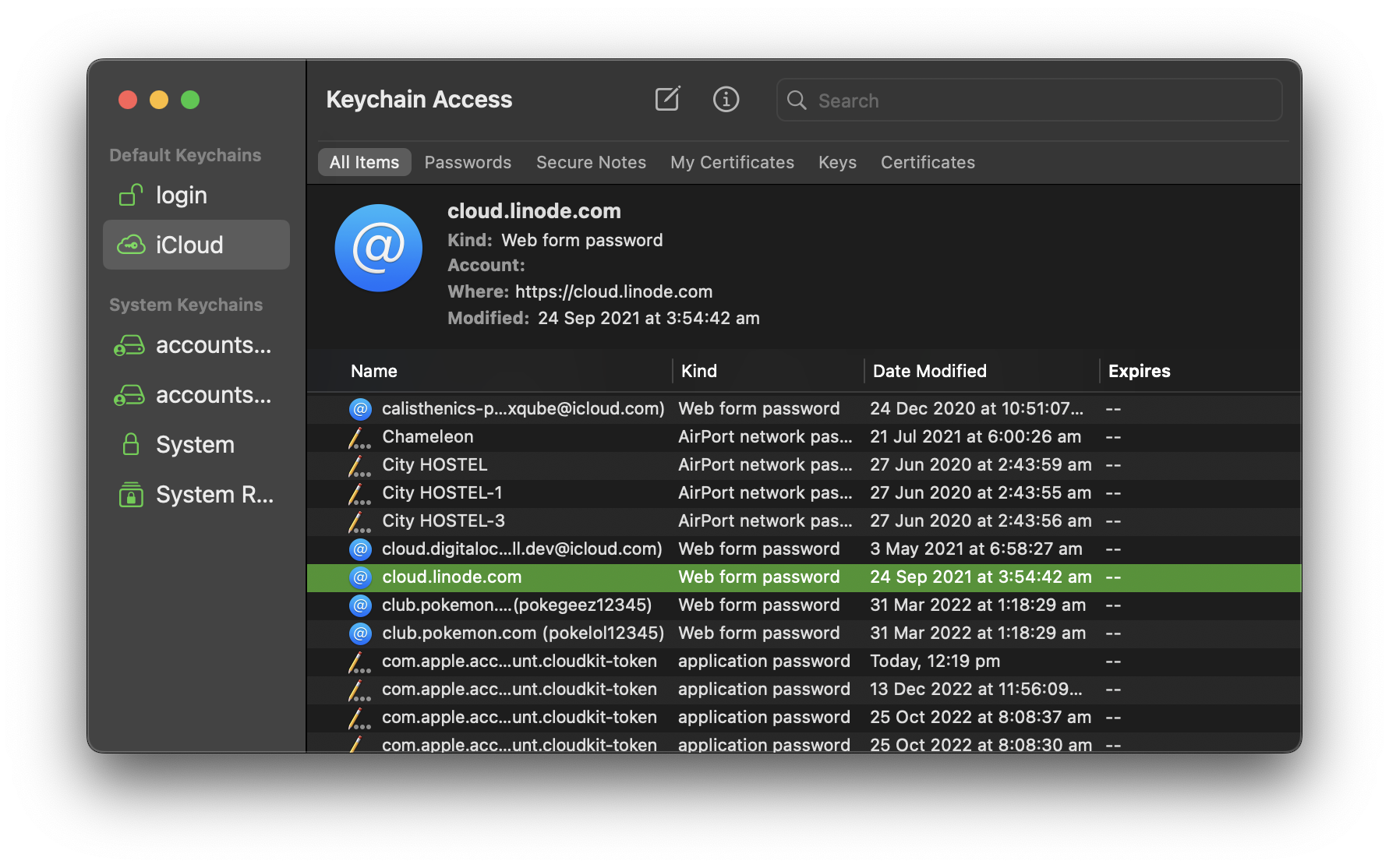Here’s a perhaps controversial answer… probably not. Unless you are using a mix of Apple and non-Apple devices or have specific needs; like perhaps password sharing between family members. You can most likely use the the native functionality built into macOS.
What does a Password manager do?
There are dozens of password managers on the market right now, and they all have a similar goal. A good password manager will offer you a seamless way to login securely to websites you use regularly. It will do this most likely with the use of a main app which will store all your passwords, and a browser extension helper which will interact with your browser. Likewise, A good password manager will offer to create a new unique password for you when you register on any new site. And, whenever you return to that site, the password manager should be able to recognize when that password is required, and offer to fill it for you. Simple right.
The key here is having different hard to guess passwords on every website you use. This is obviously much more secure than re-using your favorite (easy to remember) password on every site. And here lies the problem, which password managers try to solve: There’s only so much the human brain can reliably store and remember, so a password manager makes perfect sense.
macOS has an native system password manager
Keychain Access integrates with most first class apps on macOS, so whenever you use create a new user account for any website, the password will be automatically available to all other apps and devices logged into your iCloud account. As far as I’m aware all major browsers use the keychain, with the exception of Firefox.
If you use Safari to browse, you will likely never need to open Keychain Access, as Safari has a password manager integrated right into the Settings. Safari takes care of creating unique passwords for you, and logging you into sites with the added security benefit of using your macOS user password, or biometric data. *(in the case of newer macs with TouchID). This makes it incredibly easy to use and secure. You also have the ability to Detect compromised passwords which informs you if any of your passwords have appeared in data leaks, are easily guessed, or even used on multiple websites. There are options to share, change or delete any saved passwords making any external password managers virtually redundant for most users. Its also super easy to view your current password by hovering over the password field.
The great thing about using Safari’s inbuilt password manager is that all your passwords are automatically available on all your Apple devices. (assuming you are using the same iCloud account on all devices) So any passwords you use in macOS will all be available on iOS and vice-versa.
Final words
For the average user who only uses Apple devices, your passwords are already relatively safe and a password manager is not really necessary. But for those of us with some very specific needs, it may be useful. Here’s a quick list of potential situations where you might want to look at getting a third-party password manager:
- you use Firefox
- you have devices other than Apple devices
- you want to share All your passwords with a family member or business colleague.
 Keychain Access - the macOS system password manager
Keychain Access - the macOS system password manager
 Safari Passwords Settings panel
Safari Passwords Settings panel